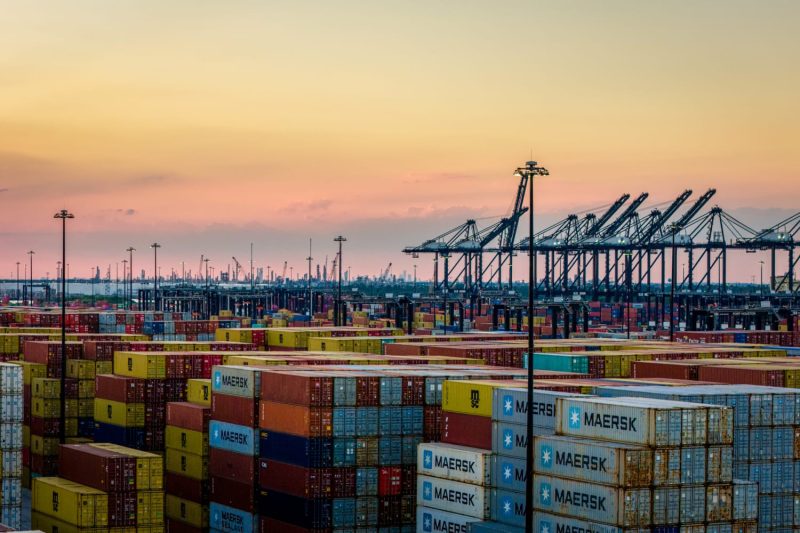The maritime industry is a significant pillar of the international economy, facilitating global trade and supporting countless businesses and jobs. The East Coast, particularly in the United States, plays a crucial role in this vital ecosystem, boasting several significant ports facilitating both domestic and overseas commerce. A potential maritime strike now threatens to disrupt this seamless operation, casting a shadow of uncertainty over ports across the East Coast.
In the eventuality of this strike, one would see a halt in the typical hustle and bustle that characterizes the maritime industry on the East Coast. Every aspect of the industry, from shipping to port management to logistics, would be affected. The primary concern lies with labor unions representing port employees. A potential strike developed as a response to an escalation in labor disputes, disagreements over wage structures, working conditions, and employee benefits amongst others.
Shipping companies will undoubtedly bear the brunt of any impacts from this strike. A halt in operations means delays in scheduled deliveries, whether it’s raw materials for manufacturers or finished goods for retailers, posing a considerable threat to several links in the supply chain. Notably, perishable goods and time-sensitive shipments would be most at risk of becoming collateral damage of the strike.
Nonetheless, the repercussions would not only affect these shipping companies and their clients. The ripples of the strike could disrupt the entire supply chain networks that span the East Coast’s landscape. Such major links in the chain including manufacturers, wholesalers, and retailers would face imminent interruptions. Production plans may be forced to a standstill if manufacturers can’t source necessary raw materials, while retailers might struggle to maintain inventory levels due to shipping delays.
Moreover, the strike could also have a tangible impact on the region’s economy. The maritime industry is a significant employment sector along the East Coast, and a significant disruption could lead to job losses or furloughs. The chain effect could lead to diminished spending power, resulting in a knock-on effect on other sectors such as hospitality, tourism, and retail.
Concerns also extend to international relations, particularly with nations that rely on the East Coast ports for their export and import. This maritime strike could potentially strain these relationships, triggering economic and diplomatic tensions. Countries heavily reliant on these shipping routes would need to seek alternative, often far more expensive, avenues to continue their trade operations, thereby escalating operational costs.
To mitigate the potential fallout from the strike, contingency plans are being put in place by various stakeholders in the maritime industry. Shipping companies are mapping alternative routes, port authorities are engaged in dialogue with labor unions, and retailers are considering stockpiling inventory. However, it is evident that these measures will only limit the damage and cannot entirely prevent the massive impact of a maritime strike on the East Coast.
In conclusion, a major maritime strike has the potential to wreak havoc across East Coast ports, disrupting not only the shipping and maritime industry but also the wider economy and international trade relations. The current scenario is a stark reminder of the vulnerability of the global economy to disruptions in key sectors like the maritime industry. Increasing resilience through dialogue, negotiations, and proactive planning is necessary to navigate through such challenging times.











